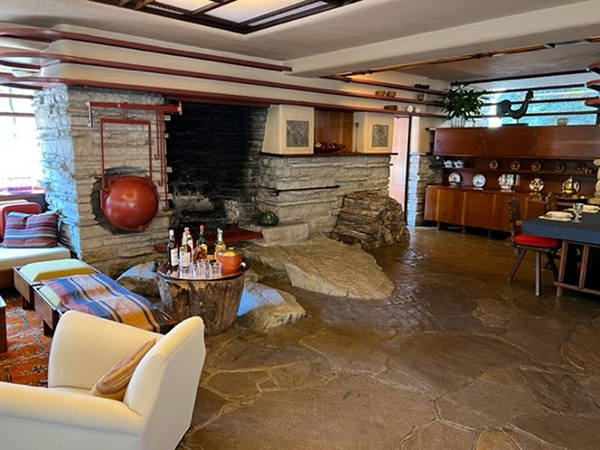Frank Lloyd Wright's Fallingwater April 2022
Guest Contributor Edition - Robert Singer
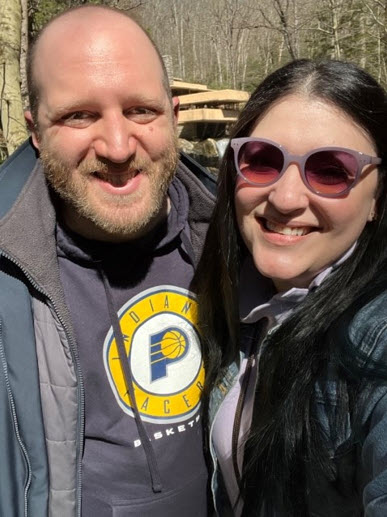

My fiancée and I like to road trip across the country to visit various historical sites and homes. Recently we found ourselves in southwestern Pennsylvania on our way to visit family in New York. We chose to take the southern route for this trip, not only because of the scenic natural beauty of the Appalachian plateaus and mountains, but because nestled deep in the Laurel Highlands of southwestern Pennsylvania is one of our nation’s most notable architectural wonders: Frank Lloyd Wright’s Fallingwater.
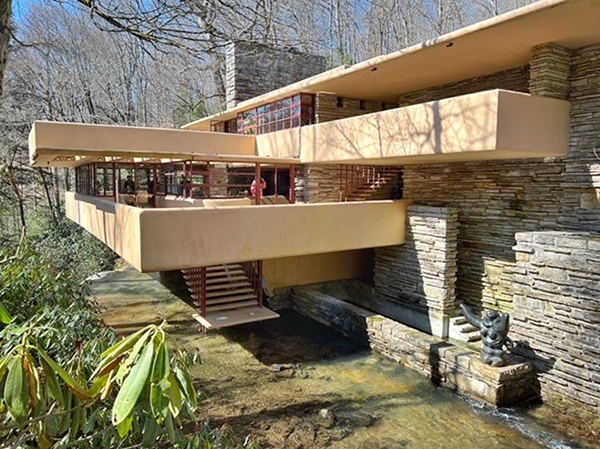
Located along the Bear Run tributary of the of the Youghiogheny River, the Kaufmann Family of Pittsburgh commissioned Wright to design and build the house for them as a weekend retreat in 1935.
After being commissioned, Wright was meticulous in learning the landscape of the Kaufmann’s property on Bear Run to locate the perfect spot to build the home. After spending months studying everything from the flora of the land, the lighting throughout the day, and the gradients of the rock formations, Wright determined that it was not only possible but also preferable to build the home over the Bear Run waterfall, not beside it as Edgar Kaufmann had intended. Construction for the main house completed in 1937 with the guesthouse being completed in 1939.
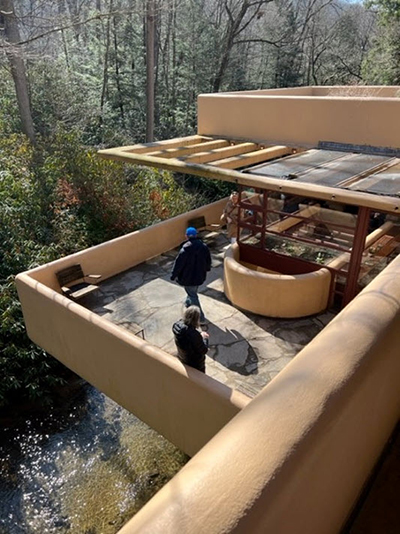
Fallingwater is widely considered to be a masterpiece of modern and American design, in no small part due to it being a complete culmination of Wright’s philosophy of organic architecture: the seamless integration of art with nature. The base of the structure rests upon a cliff that Wright anchored with a series of reinforced concrete trays, with its many terraces extending out over the water, including the main floor, which included a living and dining room that are merged into one continuous space hanging above the actual fall below. There is even a hatch door in the living room that not only looks out at the water below, but leads to a stair that ends with a lounging platform directly on the stream.
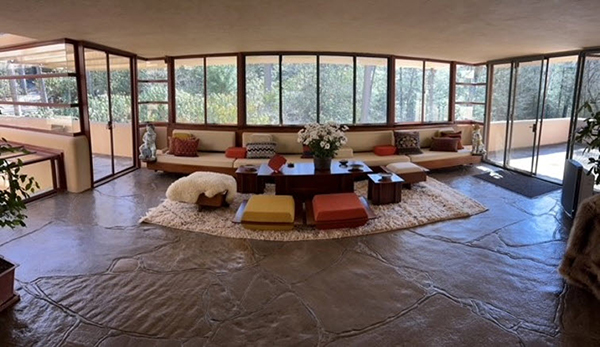
While exploring Fallingwater, I was struck by the fact that while the structure itself looks so modern from the outside, once in the interior of the main floor, all I could focus on was the amount of light and natural beauty of the surrounding mountains let in by the wraparound windows. It was a bright sunny day while we were at the house and the sunlight reflecting upon the water and back through the windows into the living room created a sparkling luminescence on the walls that was breathtaking. This was the strongest proof of Wright’s intent for the house to feel like it is existing in accordance with nature. This sparkling on the walls made me think about all the ways in which innovators today are still searching for ways to help us humans live in harmony with our environment, and like Wright, they cannot realize their visions alone, but rather need the investment of time, faith, and resources from folks like the Kaufmann family who saw what Wright was trying to do and wanted to be a part of it.
